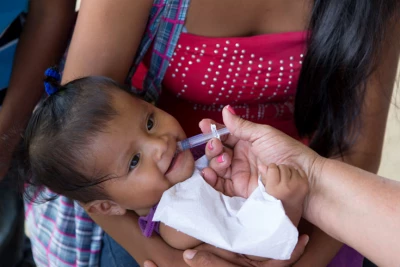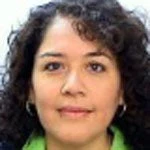When Charles Dickens wrote A Tale of Two Cities in 1859, he was most definitely not thinking about Latin America, let alone Panama. He was writing about Paris and London, and more importantly, depicting important themes of poverty and inequality experienced during the French Revolution.
So what does this have to do with Panama? Well, despite more than 150 years having passed since Dickens wrote his famous tale, the themes of poverty and inequality persist and are quite evident in Panama’s health sector. In the case of Panama, the “Two Cities” are actually a metaphor for the two very stark realities that Panama faces - urban Panama versus rural, indigenous Panama -- and the very different health outcomes experienced in each.
World Bank colleagues and I recently came face-to-face with this contrast during a mission to Panama in support of a health equity and improvement project. We learned that infant mortality rates in the rural, indigenous area of Guna Yala are nearly 3 times higher than in urban Panama City. We also noted that urban versus rural inequality is accentuated in the distribution of health workers, with 88.4% of doctors and 84.3% of nurses providing care in urban areas, compared to only 11.6% and 15.7% in rural areas.
On the positive side, since 1995, the government of Panama has worked to address inequality, which included the launch of an extension of coverage strategy for primary health care and nutrition services.
In 2008, a World Bank Health Equity and Performance Improvement Project was rolled out in support of this new strategy. It included a component to provide social protection to vulnerable populations, aiming at increasing access to health and nutrition services for approximately 250,000 extreme poor and poor people who live in non-indigenous rural areas.
To ensure the challenge of access was addressed, the project uses mobile health teams and applies a Results-Based Financing (RBF) approach.
Under the RBF mechanism, the Ministry of Health contracts either regional health services or NGOs to deliver a package of priority health services through the mobile health teams. The Ministry and NGOs agree on the targets to be achieved in two areas, coverage levels and performance related to priority health services to be delivered.
Under the RBF approach, regional health services and NGOs are paid based on a per capita amount, which, in the case of Panama, has ranged from US$41 to US$53. The potential maximum payment a regional health service or NGO can receive is the per capita amount multiplied by the number of enrolled, eligible beneficiaries.
The payments are then made in three parts. A total of 65% of the potential maximum is made every two months based on coverage levels achieved; 30% is made every four months based on performance achieved in the priority health services delivered; and 5% is paid annually based on a beneficiary survey.
Incorporating the RBF approach in the Panama project has yielded promising results. By mid-2013, mobile health teams had provided a total of 203,220 poor, rural beneficiaries with direct, continuous access to a package of health services known to improve mother and child health. Key results achieved under the project so far include:
- 75% of pregnant women completed at least three prenatal controls by the third trimester, surpassing the target of 60%
- 93% of live births were attended by skilled personnel, surpassing the target of 55%
- 82% of children (under one year old) completed four or more controls for growth and development, surpassing the target of 67%
- 89% of children (under one year old) completed a full vaccination scheme, surpassing the target of 80%.
Follow the World Bank health team on Twitter: @worldbankhealth
Related
- Results-Based Financing for Health
- World Bank and Health
- World Bank and Panama
- Results Story: Improving Health Care for Rural Mothers and Children in Panama
- Video: Providing Better Health Quality for Moms and Their Children in Panama



Join the Conversation